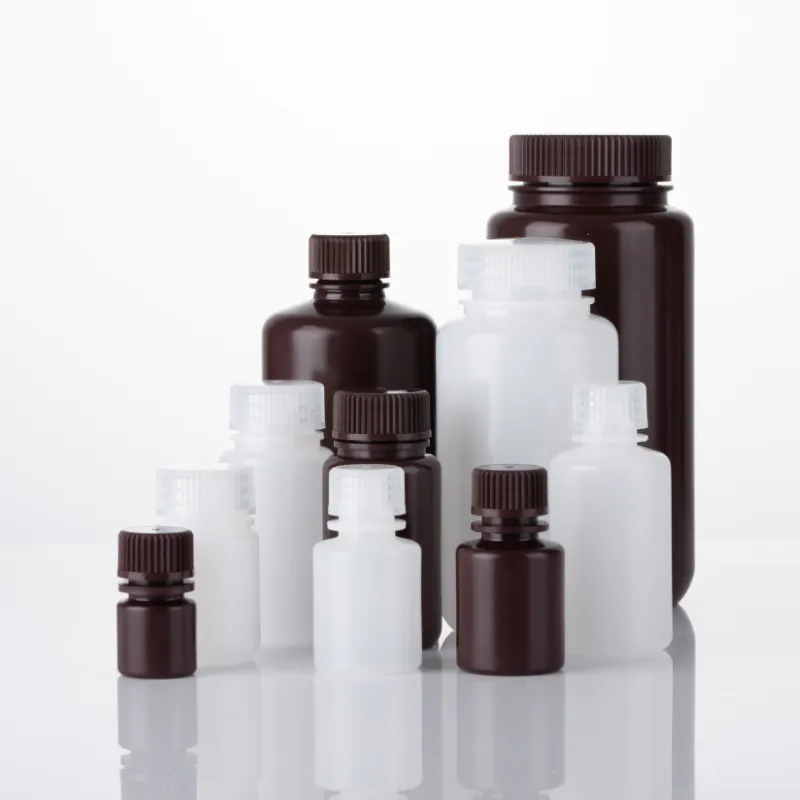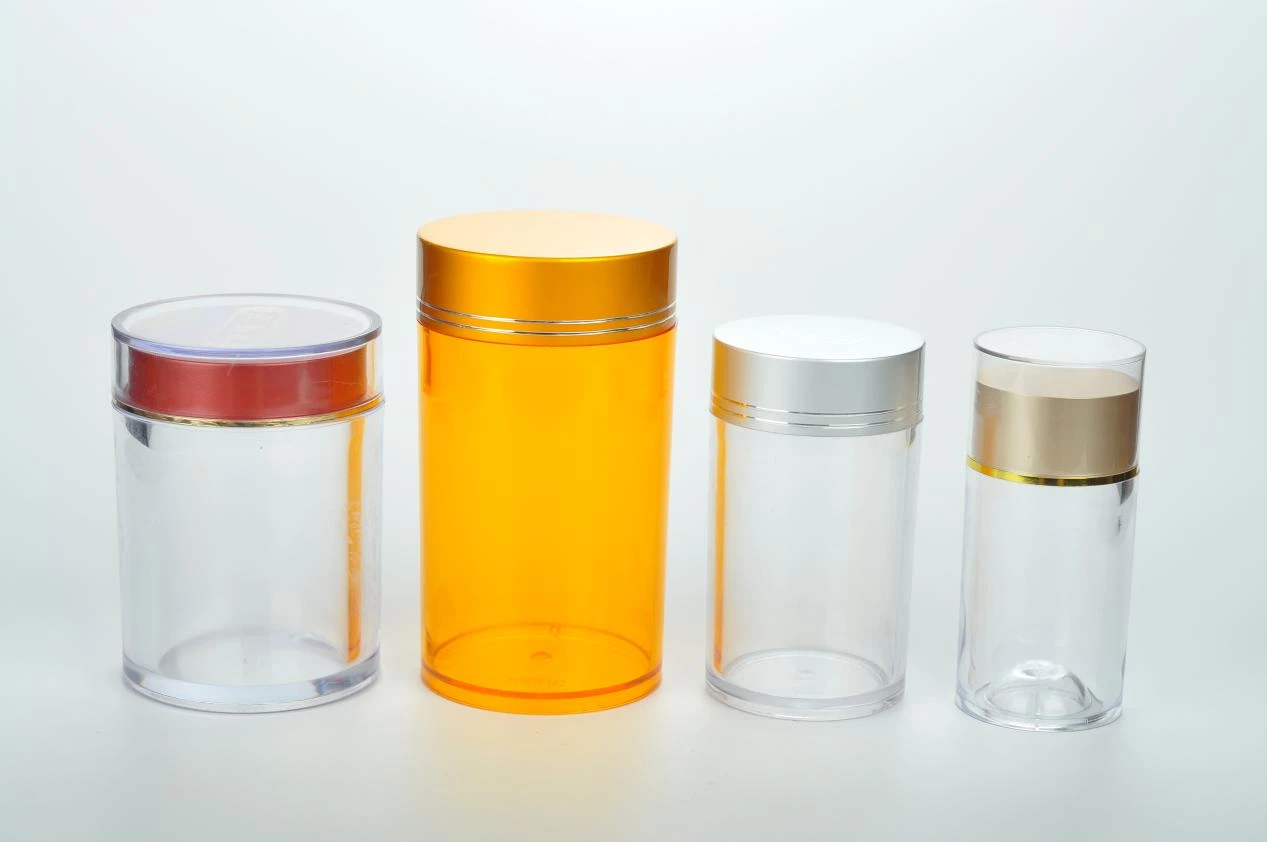Feb . 10, 2025 21:52
Back to list
Drop Bottle Plastic Drop Bottle Eye Medicine Bottle
Understanding the precise conversion between a dropper and milliliters is essential for anyone involved in fields such as pharmaceuticals, cooking, or essential oils. The common question, How many milliliters in one dropper? isn't as straightforward as it might seem. This exploration aims to provide a comprehensive guide to understanding droppers in the context of volume measurement.
Turning to essential oils, an industry that relies heavily on drop measurements, it's essential to recognize that oil density can alter the dropper's volume outcome. As many essential oils are very concentrated, understanding the ratio of droppers to milliliters is crucial in avoiding overpowering effects or inadequate mixtures. Authenticity in essential oils and blends, which emphasizes purity, quality, and appropriate dilution, often echoes the necessity of understanding these measurements to create truly therapeutic or aromatic mixtures. When purchasing droppers, considerations about material and size must be made. Glass droppers, which are reusable and easy to sterilize, are often favored in settings where contamination concerns are paramount, such as in pharmaceutical applications. Conversely, plastic droppers may be used for one-time or specific uses where sterility is less of a concern. Size-wise, while a 1 ml dropper is a common standard, there are droppers that can measure and deliver from 0.5 ml to larger capacities depending on industry needs. Many might ask, Can I assume the same measurement for all droppers?” Experience advises against such assumptions. Practical knowledge combined with industry-specific expertise suggests consulting the product’s guidelines or manufacturer’s specifications for the most accurate measure. Institutions often back protocols which advise calibrating drop size in water first before applying the dropper to active ingredients to verify milliliter accuracy. In conclusion, the precise conversion between droppers and milliliters is nuanced and varies by application. Whether in pharmaceuticals, cooking, or essential oils, understanding your tool well ensures excellence and safety. With a calibrated dropper, knowing exactly how many milliliters are dispensed ensures adherence to recipes, prescriptions, or formulations, earning trust through the consistent delivery of intended results. By leveraging expertise in selecting and using droppers, you can achieve precision that is both practical and professional, paying heed to the necessary balance between measurement and outcome.


Turning to essential oils, an industry that relies heavily on drop measurements, it's essential to recognize that oil density can alter the dropper's volume outcome. As many essential oils are very concentrated, understanding the ratio of droppers to milliliters is crucial in avoiding overpowering effects or inadequate mixtures. Authenticity in essential oils and blends, which emphasizes purity, quality, and appropriate dilution, often echoes the necessity of understanding these measurements to create truly therapeutic or aromatic mixtures. When purchasing droppers, considerations about material and size must be made. Glass droppers, which are reusable and easy to sterilize, are often favored in settings where contamination concerns are paramount, such as in pharmaceutical applications. Conversely, plastic droppers may be used for one-time or specific uses where sterility is less of a concern. Size-wise, while a 1 ml dropper is a common standard, there are droppers that can measure and deliver from 0.5 ml to larger capacities depending on industry needs. Many might ask, Can I assume the same measurement for all droppers?” Experience advises against such assumptions. Practical knowledge combined with industry-specific expertise suggests consulting the product’s guidelines or manufacturer’s specifications for the most accurate measure. Institutions often back protocols which advise calibrating drop size in water first before applying the dropper to active ingredients to verify milliliter accuracy. In conclusion, the precise conversion between droppers and milliliters is nuanced and varies by application. Whether in pharmaceuticals, cooking, or essential oils, understanding your tool well ensures excellence and safety. With a calibrated dropper, knowing exactly how many milliliters are dispensed ensures adherence to recipes, prescriptions, or formulations, earning trust through the consistent delivery of intended results. By leveraging expertise in selecting and using droppers, you can achieve precision that is both practical and professional, paying heed to the necessary balance between measurement and outcome.
Share
Latest news
-
Aesthetic Makeup Spray Bottles | Fine Mist Empty RefillableNewsAug.19,2025
-
White Plastic Veterinary Vaccine Vials | Lab Liquid BottlesNewsAug.18,2025
-
Plastic Medicine Liquid Bottle: Secure Flip Top Drug VialsNewsAug.17,2025
-
Durable 250ml Blue Plastic Vaccine Vial for Lab & Vet UseNewsAug.16,2025
-
Sterile Virus Sample Tubes: Secure & Reliable Specimen CollectionNewsAug.15,2025
-
White 250ml Plastic Vaccine Vial for Lab & Vet MedicineNewsAug.14,2025
RECOMMEND PRODUCTS
























